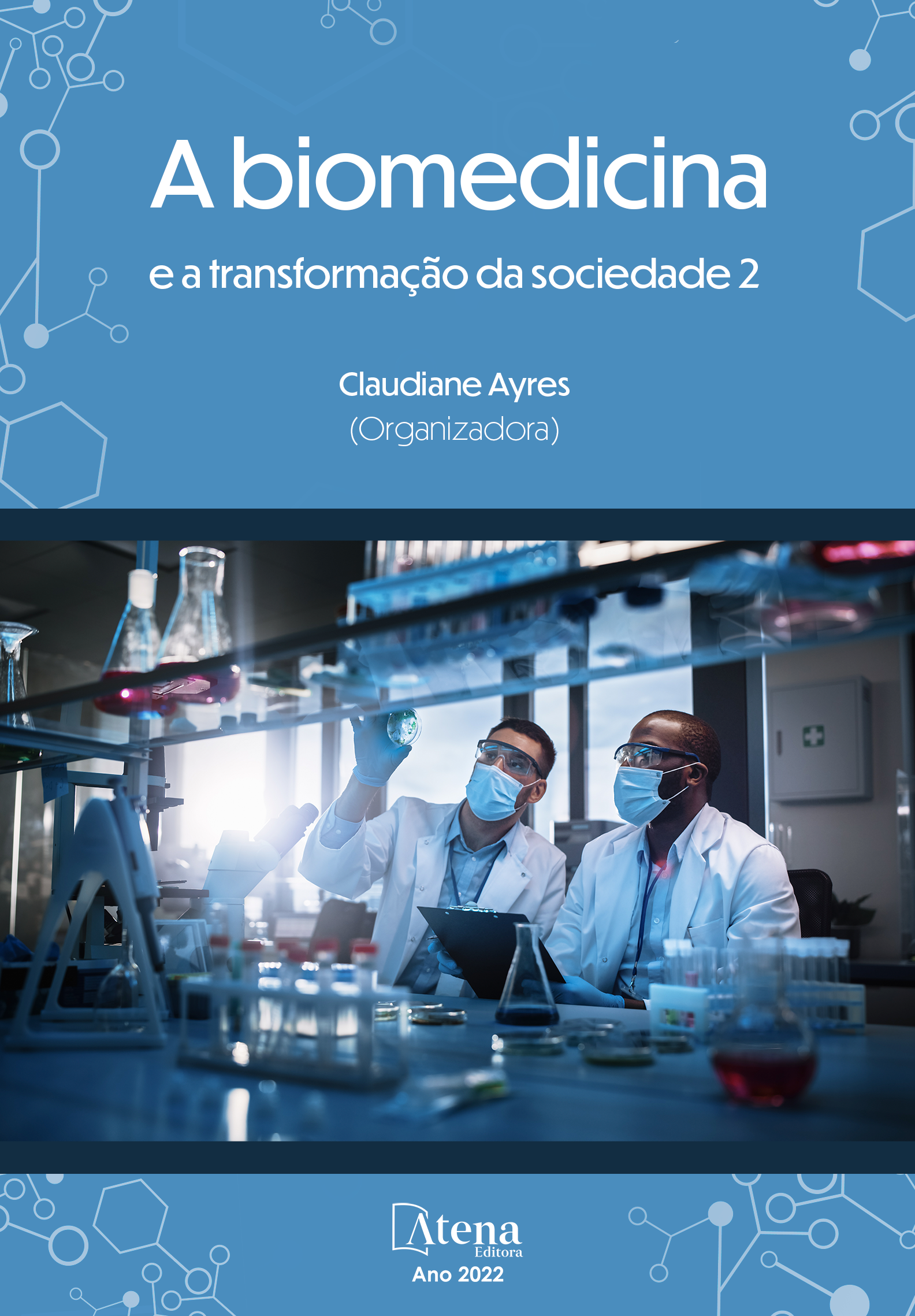
EXTRATOS VEGETAIS COM PROMISSORA AÇÃO ANTIBIOFILME DE STAPHYLOCOCCUS AUREUS: O QUE HÁ DE NOVO NA LITERATURA?
Introdução: Staphylococcus aureus é capaz de produzir diversos fatores de virulência que contribuem para a instalação e manutenção do processo infeccioso, além de dificultar a ação de antimicrobianos, comprometendo o tratamento e impactando nas taxas de morbimortalidade. Dentre esses fatores, destaca-se a capacidade de formação de biofilme, definido como uma comunidade de microrganismos aderidos a uma superfície e envoltos por uma matriz extracelular polimérica. Diante do crescente número de isolados resistentes, observa-se um interesse cada vez maior pelo desenvolvimento e/ou descoberta de produtos com ação antimicrobiana, com destaque para compostos naturais, cuja ação medicinal já tenha sido comprovada. Objetivos: o presente estudo teve como objetivo realizar uma revisão integrativa sobre a ação de compostos naturais na inibição da formação de biofilme por S. aureus. Metodologia: O levantamento bibliográfico foi feito no período de setembro a novembro de 2021, nas bases de dados Pubmed e Portal de Periódicos CAPES, utilizando Descritores em Ciências e Saúde: biofilm and extracts, anti biofilm activity of natural extracts, biofilm and S. aureus and natural extracts, biofilm and Gram positive and natural extracts, anti biofilm and Gram positive and natural extracts. Foram selecionados para análise artigos disponíveis na íntegra, publicados entre 2019 e 2021. Resultados: A busca resultou em 336 artigos, dos quais 42 estavam de acordo com os critérios de inclusão e foram analisados na sua totalidade. Dentre as espécies vegetais utilizadas nos estudos, Quercus alba L. (1µg/mL- 50%) Zygophyllum coccineum L. (3,9 μg/ml) Hypericum lydium (8μg/ml ± 59%) e Nigella sativa (8µg/mL± 90%) mesmo em concentrações baixas dos extratos (menores que 10μg/ml) inibiram de forma significativa a formação de biofilme por S. aureus. Conclusão: A partir dos resultados das pesquisas incluídas nesta revisão, concluímos que compostos naturais de diversas regiões do mundo possuem ação antibiofilme de S. aureus.
EXTRATOS VEGETAIS COM PROMISSORA AÇÃO ANTIBIOFILME DE STAPHYLOCOCCUS AUREUS: O QUE HÁ DE NOVO NA LITERATURA?
-
DOI: 10.22533/at.ed.2312204084
-
Palavras-chave: Anti virulência. Biofilme. Produtos naturais. Staphylococcus aureus.
-
Keywords: Anti virulence. Biofilm. Natural products. Staphylococcus aureus.
-
Abstract:
Introduction: Staphylococcus aureus has several virulence factors that contribute to the installation and maintenance of the infectious process. In addition, it hinders the action of antimicrobials, compromising treatment and impacting morbidity and mortality rates. The ability to form a biofilm, a community of microorganisms attached to a surface and surrounded by a polymeric extracellular matrix, stands out among the virulence factors. Due to the growing number of resistant isolates, there is an increasing interest in the development and/or discovery of products with antimicrobial action, with emphasis on natural compounds, which medicinal action has already been proven. Objectives: the study aims to carry out an integrative review of the action of natural compounds in the inhibition of biofilm formation by S. aureus. Methodology: The bibliographic survey was carried out from September to November 2021, in the Pubmed and CAPES Periodicals Portal databases, using Science and Health Descriptors: biofilm and extracts, anti biofilm activity of natural extracts, biofilm and S. aureus and natural extracts, biofilm and Gram positive and natural extracts, anti biofilm and Gram positive and natural extracts. Articles available in full, published from 2019 to 2021 were selected for analysis. Results: The search resulted in 336 articles, of which 42 met the inclusion criteria and were totally analyzed. Among the plant species used in the studies, Quercus alba L. (1µg/mL- 50%) Zygophyllum coccineum L. (3.9 μg/ml) Hypericum lydium (8μg/ml ± 59%) and Nigella sativa (8µg/mL± 90%) even at low concentrations of extracts (less than 10μg/ml) significantly inhibited biofilm formation by S. aureus. Conclusion: We concluded that natural compounds from different regions of the world have antibiofilm action against S. aureus.
-
Número de páginas: 28
- Denise Von Dolinger de Brito Röder
- Priscila Guerino Vilela Alves
- Maria Gabriela Ferreira
- Ralciane de Paula Menezes


